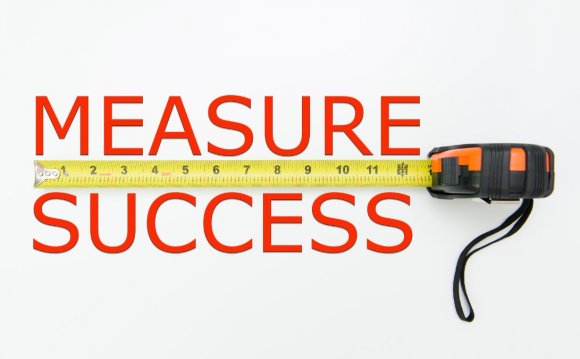
How and how much should a marketing communication firm pay its business development personnel? While there is no easy answer, following these five steps should help lead to a compensation (pay) plan that works for employee and employer. This article builds on last month’s Win Without Pitching Newsletter issue, Business Development Planning, which discussed setting proper goals, aligning performance incentives and forecasting results. Together, these two articles should help to point you toward business development success in the year ahead.
Step One: Set Proper New Business Goals
(What follows is a recap of the goal-setting principles I addressed last month. If you read and retained that and want to skip to step two, go ahead.)
A firm’s business development person is charged with shaping its future client base. Goals around her performance should largely be goals of quality over quantity. As ReCourses’ David C. Baker laid out for us in last month’s issue, the typical firm should have between eight and twelve ongoing clients, each representing about 10% of the agency gross income (AGI, which is the sum of all fees, mark-ups and commissions).
A firm with $2 million in AGI should target the distribution of that AGI across ten client or so, with each client representing approximately $200k in AGI, on average. Appropriate business development goals for such a firm should be to replace two, three or four of these clients with a roughly equivalent number of clients at the same level of AGI or higher.
The average AGI per client is important because this number, or one close to it, should serve as the firm’s minimum level of engagement. The business development employee needs to see her role as identifying and helping to secure the next two, three or four perfect fits for the firm, at or above this minimum level of engagement.
In our example above, any incentives should be aligned to encourage adding three new clients at $200k+ in AGI and discourage pursuing a larger number of smaller clients. So while the magic number is $600k in AGI from new clients, the avenue to reaching this number (three clients or less) is just as important. With incentives properly aligned, the minimum level of engagement will come up early in conversations with prospects. Those whose spending capacity falls well below will be weeded out quickly. Without aligning the incentives to this goal the firm’s principals are likely to find themselves being brought opportunities that they shouldn’t even be considering.
Step Two: Determine Target Compensation Level
Once appropriate business development goals have been set, the next step is to set target compensation for the employee. This number is calculated on a few factors, most importantly, experience/seniority, market considerations and results required. Generally speaking, I believe business development personnel should earn roughly what those of similar experience and performance earn in other roles in the firm (e.g.: account services), possibly with additional, properly aligned incentives that provide for the opportunity to earn up to 20%-25% more.
The business development position can be staffed at the EVP/VP, director, manager or coordinator level, depending on other variables such as how the firm approaches the function and the principals’ level of involvement in it. As a result, business development compensation can quite rightly vary wildly even among firms of similar size and financial performance. Some questions to consider include, what do others of this seniority/experience level earn? Does the market place a premium on the value of the business development role relative to others? What are the employee’s income goals? For the sake of this discussion, let’s assume the employee wants to earn $100k and both parties agree that the market values her experience level accordingly. $100k, then, becomes our target compensation.
If the employee wants to earn $150k and the employer feels the position is worth $100k, then we either have a poor fit between person and position, unrealistic compensation expectations, or the employer will have to look at bridging the gap through incentives in a carefully constructed compensation plan, with the employee understanding the exemplary performance required to achieve this target compensation level.
Step Three: Establish a Base
Most employees (not all) want security of income, and most employers want stability in employee performance. The way to get this security/stability is through base salary. Many business development employees (again, not all) want the chance to be rewarded for good performance beyond their salary. Someone with a high competitive drive tends to use her income as a means of keeping score on how she is doing in life. Such a person enjoys the idea that her earning potential is not capped.
Start with a High Base
Some business development employees prefer the high-reward model of straight commission (with no base salary), and some employers equally prefer this model as they see it greatly reducing their risk. This is not a model I favor, and one needs to only revisit step one above (setting proper goals) to deduce why. The best plans offer a high base salary and simple incentives for meeting the stated business development goals.
A base salary is provided in exchange for certain things such as following policies, protocols and systems, putting the needs of the agency first and generally being a team player. The higher the base salary, the higher the implied expectations of the employee on this front. The lower the base, the more implied freedom she has to do things her way. An employer who has his business development personnel on full commission has very little authoritative ground to stand on when it comes to dictating how things should be done. His employee is likely to see herself as an independent contractor with all implied freedoms.
Employers should seek to construct a plan with a high base – as high as they are comfortable with. Using our $100k target income example, I recommend a base salary of between $70k and $90k (70%-90% of the target). Generally speaking, the more risk the employee takes (lower base) the more reward she should get for hitting targets.
INTERESTING VIDEO














